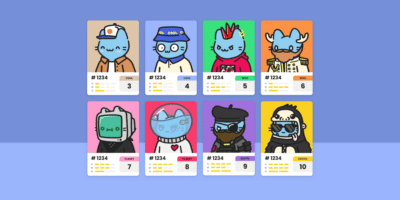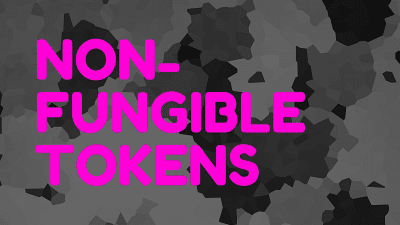Beyond JPEGs and GIFs: What to Expect of Future NFT Use Cases
With so much recent activity in the NFT art space, it may seem tricky to separate the concept of NFTs from the lucrative flipping of JPEGs and GIFs. It shouldn’t be a surprise that the topic of NFTs often brings up a few consistent data points: Memes like Nyan Cat selling for $580,000. Graphic Designer …
Beyond JPEGs and GIFs: What to Expect of Future NFT Use Cases Read More »

